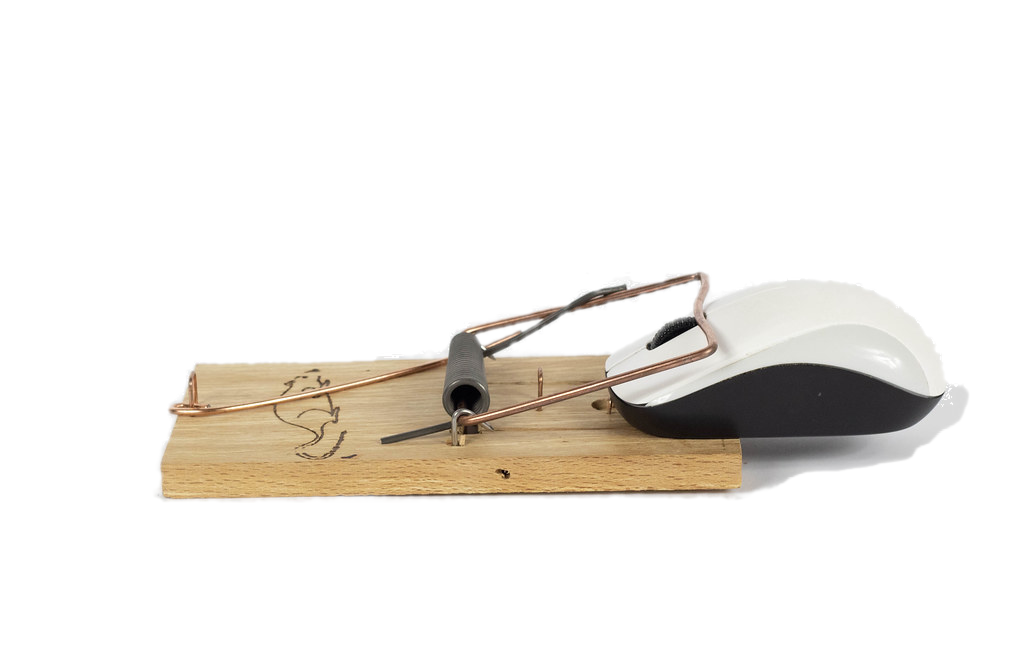This post deals with essential navigation & selection techniques that should be mastered by a competent Windows user.
Originally, this post was going to be about selecting with a focus on keyboard shortcuts. However, as I am such a huge believer in keyboard shortcuts, it includes loads of keyboard shortcuts for other tasks in the GUI as well. Every year, I watch students of varying levels of experience come to terms with the practical requirements of the CAPS CAT & Cambridge International ICT curricula. Every year, my message is the same: one of the most critical skills to master is simply becoming comfortable with selecting “stuff” in various scenarios.
I encourage all computer users to learn to use keyboard shortcuts above the mouse in almost all scenarios except the basics such as file and folder management, which is exactly what the modern GUI was created for — or rather the mouse was created exactly for the modern GUI.
This article does not include keyboard shortcuts for inserting special characters in, for example, a Word document. I deal with that in this post.
I am working with Windows 10 and Microsoft 365.
- The Mouse
- In the Windows GUI
- In Word (separate post)
- In Excel (separate post)
- The Keyboard
- In the Windows GUI
- In Word (separate post)
- In Excel (separate post)
- In Chrome browser
- In Notepad++
- And now for something completely different
The mouse
In the Windows GUI
Clicking & dragging things:
- A left-click generally selects the thing you left-click.
- Right-click generally gives a context-sensitive menu for the thing you right-click. It is easier to right-click on something that is already selected.
- Double left-click opens the thing you double-left-clicked.
- Left-click dragging moves the object(s) selected.
- Right-click dragging offers a context-sensitive menu on release:
- Copy Here
- Move Here
- Create Shortcuts Here
- Cancel
- Left-click dragging around and/or through a group of things (such as a list of files) selects those things. You will hear people talking about a “selection marquee“.
Clicking & dragging windows:
- You can position a window by left-click-dragging it by the Title Bar
- You can Maximise/Restore Down a window by double left-clicking the Title Bar
- Double-left-clicking the bottom border of a window maximises it height-wise to the full height of the screen
In Word
See the post: Navigating the Word environment
In Excel
See the post: Navigating the Excel environment
The keyboard
Many of the keyboard combinations are “toggle” shortcuts; in other words, they both activate and deactivate an action.
In the Windows GUI
- TAB moves focus in the GUI.
- SHIFT+TAB moves focus in reverse.
 +. opens the emoticon panel.
+. opens the emoticon panel. +D displays the Windows Desktop (all open windows are minimised).
+D displays the Windows Desktop (all open windows are minimised). +TAB displays thumbnails of all open windows and allows you cycle through them to the one you want to make active
+TAB displays thumbnails of all open windows and allows you cycle through them to the one you want to make active- ALT+TAB cycles through all the open windows allowing you to change focus.
 +T sets focus on the first item in the Status Bar – use the cursor keys to move between icons.
+T sets focus on the first item in the Status Bar – use the cursor keys to move between icons.- CTRL+ALT+DEL (the three-fingered salute) offers the options: Lock, Switch User, Sign Out, Change a Password, Task Manager.
- CTRL+A selects all the objects (files & folders) in a folder.
- Select a file or folder, hold down the SHIFT key and use the cursor keys to select multiple adjacent files or folders.
- Select a file or folder, hold down the CTRL key, use the cursor keys to move the focus of the selector and press the SPACEBAR to select multiple non-adjacent files or folders.
- Select one file or folder and hold CTRL down whilst left-clicking other files or folders to select non-adjacent files or folders. Select one file or folder, hold down CTRL and click on a non-adjacent file or folder to select those files and/or folders and all those files and folders between.
Of course, the ALT key gives you access to menus in the Windows GUI and Windows applications as well as most other applications. For example, in Word:
- ALT+F opens the File menu, followed by
- ALT+A will activate the Save As option
- ALT+f4:
- closes the active window in the Windows GUI, or
- if there is no active window:

The CTRL key also weighs in with several invaluable shortcuts — who could get by without CTRL+Z and CTRL+Y, the keyboard shortcuts for Undo and Redo respectively?
Word
See the post: Navigating the Word environment
Excel
See the post: Navigating the Excel environment
Chrome browser
- TAB changes focus on the active element in a webpage.
- SHIFT+TAB does the same in reverse.
- CTRL+TAB sequentially flicks through the tabs open in the browser.
- CTRL+SHIFT+T will reopen tabs that have recently been closed.
Notepad++
Read the post Coding HTML with Notepad++ for shortcuts when using your text editor.
And now for something completely different…
By the way, if your display suddenly rotates left or right — or even upside-down — you have probably accidentally used one of the following:
- CTRL+ALT+→ will rotate your screen 90° clockwise
- CTRL+ALT+← will rotate your screen 90° counterclockwise
- CTRL+ALT+↓ will flip your screen upside-down
- CTRL+ALT+↑ will flip your screen the right way up again.
Another relatively rare and esoteric keyboard-mouse combo is to SHIFT right-click in a Windows Explorer folder: it adds the option to open a Command Prompt in that directory.
References:
- Acampora, J. (2018). 7 Keyboard Shortcuts for Selecting Cells and Ranges in Excel – Excel Campus. Available at: https://www.excelcampus.com/keyboard-shortcuts/select-cells-ranges/ (Accessed: 13 October 2022)
